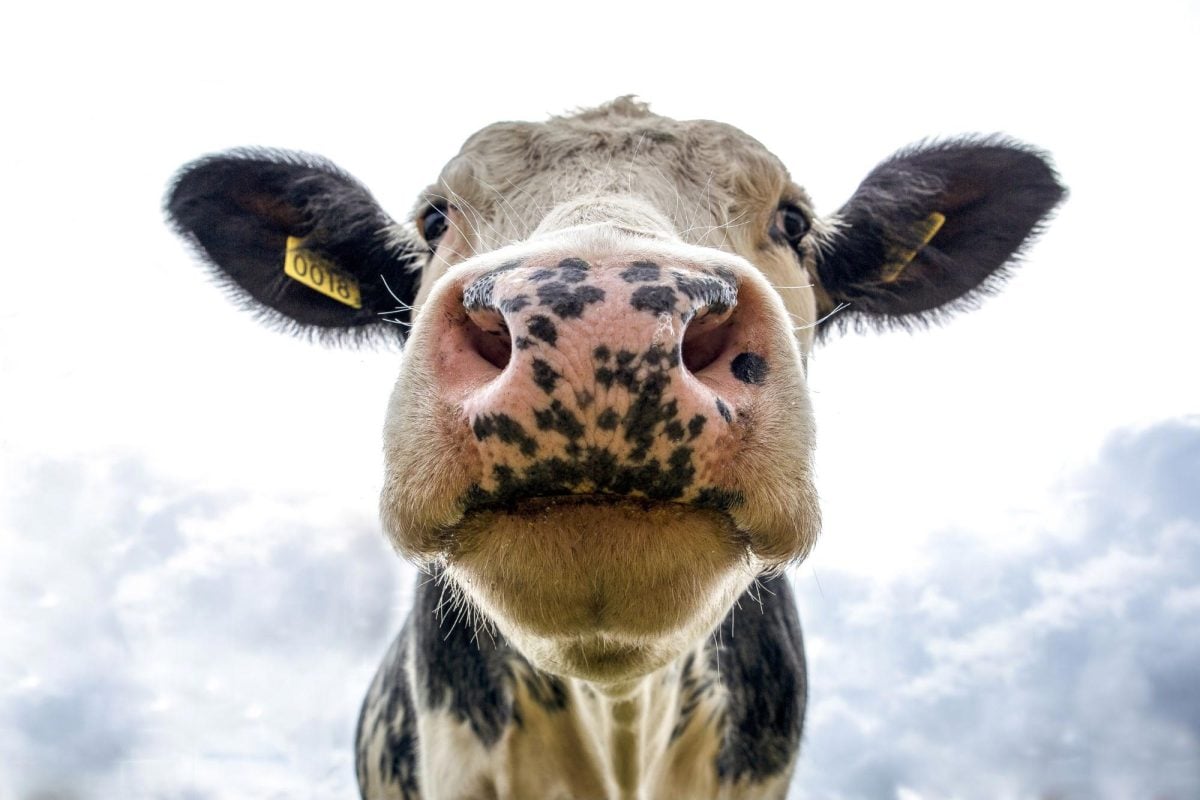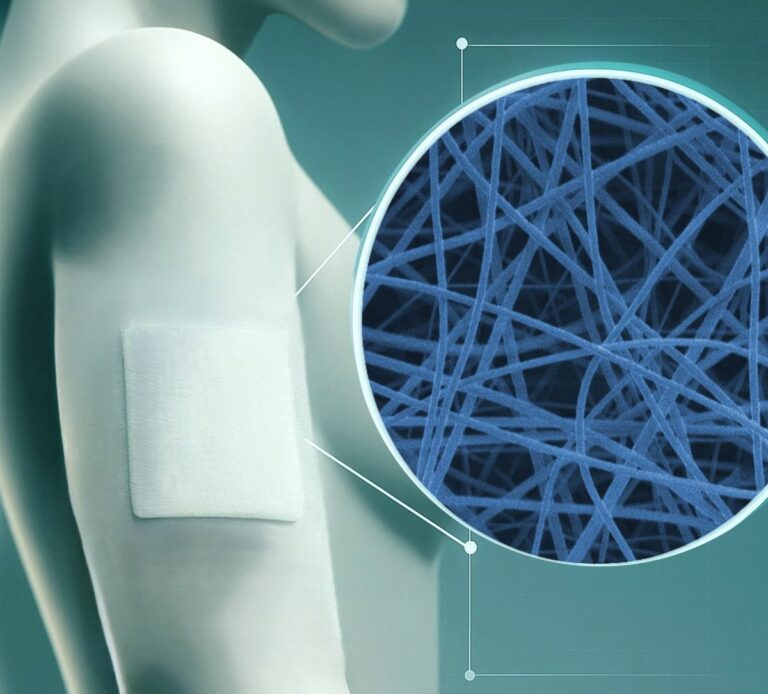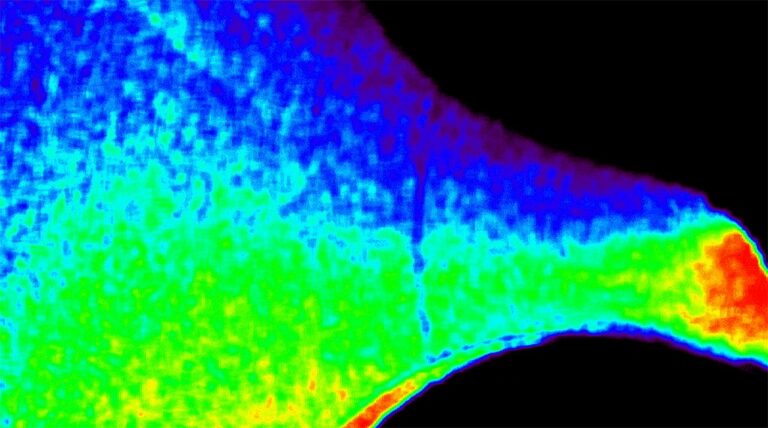Burp-Less Cows? Scientists Develop New Feed That Could Cut Methane Emissions
In a groundbreaking step toward tackling climate change, scientists have developed a new type of cattle feed that could significantly reduce methane emissions — and it all starts with fewer cow burps. As concerns about global warming and sustainable agriculture grow, this innovative approach could transform livestock farming and help the world meet critical climate goals.
In this article, we explore how the new feed works, the science behind methane emissions from cows, and why this innovation is seen as a game-changer for the future of eco-friendly farming.
Why Are Cow Burps a Climate Problem?
When cows digest their food, a natural process called enteric fermentation occurs. Microbes in the cow’s stomach break down food, releasing methane gas as a by-product. Unlike carbon dioxide, methane is about 80 times more potent at trapping heat in the atmosphere over a 20-year period, making it a major contributor to climate change.
According to the United Nations, livestock is responsible for nearly 14.5% of all human-induced greenhouse gas emissions, with a significant portion coming directly from cow burps.
Thus, finding a solution to reduce methane emissions from cattle has become a critical environmental priority.
The Breakthrough: New Methane-Reducing Cattle Feed
Researchers around the world, including teams in Australia, the U.S., and Europe, have been working on ways to make cows burp less. The latest innovation is a new cattle feed additive that alters the cow’s digestion process, dramatically reducing methane production without harming the animal’s health or the quality of its meat and milk.
Some key developments include:
Seaweed Supplements: Adding certain types of red seaweed, like Asparagopsis taxiformis, to cow feed has shown to reduce methane emissions by up to 90% in some trials.
Nitrate-Based Additives: Replacing traditional feed ingredients with nitrates can lower methane emissions by changing the fermentation pathways in the cow’s stomach.
Essential Oils and Plant Extracts: Natural extracts from garlic, citrus, and other plants have been formulated into feeds that inhibit methane-producing microbes.
Lab-Engineered Feed Additives: Companies like DSM have created synthetic compounds like Bovaer, which can reduce methane emissions by about 30% with just a small daily dose.
These innovations not only help the environment but can also improve animal digestion efficiency, leading to better growth rates and lower feed costs for farmers.
How Does the Methane-Reducing Feed Work?
The methane-reducing feed additives work by targeting the specific microorganisms in the cow’s stomach (mainly the rumen) that are responsible for methane production. These additives either:
Inhibit the enzymes that microbes use to produce methane
Redirect the fermentation process to produce less harmful gases like carbon dioxide or volatile fatty acids instead of methane
Improve the cow’s overall digestion, resulting in fewer emissions per unit of meat or milk produced
This targeted approach ensures that cows remain healthy and productive while drastically cutting down their methane footprint.
Environmental Impact: A Potential Game-Changer
If widely adopted, methane-reducing cattle feed could have a huge environmental impact:
Climate Targets: Could help countries meet Paris Agreement targets for reducing greenhouse gases.
Sustainable Agriculture: Supports the move toward climate-smart farming practices.
Reduced Need for Offsetting: Farmers could reduce their need to buy expensive carbon offsets or face emissions penalties.
Food Industry Leadership: Meat and dairy producers can meet growing consumer demand for eco-friendly products.
Some estimates suggest that if just 10-20% of the world’s cattle are fed methane-reducing additives, it could have the same climate impact as taking millions of cars off the road each year.
Challenges and Future Outlook
Despite the excitement, there are still challenges to overcome:
Cost and Availability: Scaling up production of additives like seaweed is currently expensive and logistically complex.
Regulatory Approvals: Feed additives must pass safety tests and regulatory hurdles in different countries.
Farmer Adoption: Educating farmers about the benefits and ease of using these additives is crucial for widespread adoption.
Consumer Acceptance: Ensuring that consumers understand that these additives are safe and beneficial for the environment is also important.
However, as research advances and production scales up, these barriers are expected to decrease. Global corporations, environmental groups, and governments are investing heavily in making methane-reducing feed a mainstream solution.
Final Thoughts
The idea of burp-less cows might sound quirky at first, but it represents one of the most promising and impactful innovations in sustainable agriculture today. By cutting methane emissions at the source, scientists are offering a practical, scalable solution to a major climate challenge — one cow at a time.
As methane-reducing feeds become more accessible and affordable, we may soon see a world where climate-friendly burgers and milk are not only possible but commonplace.
The future of farming is green, and it might just start with a burp-free cow.

















+ There are no comments
Add yours